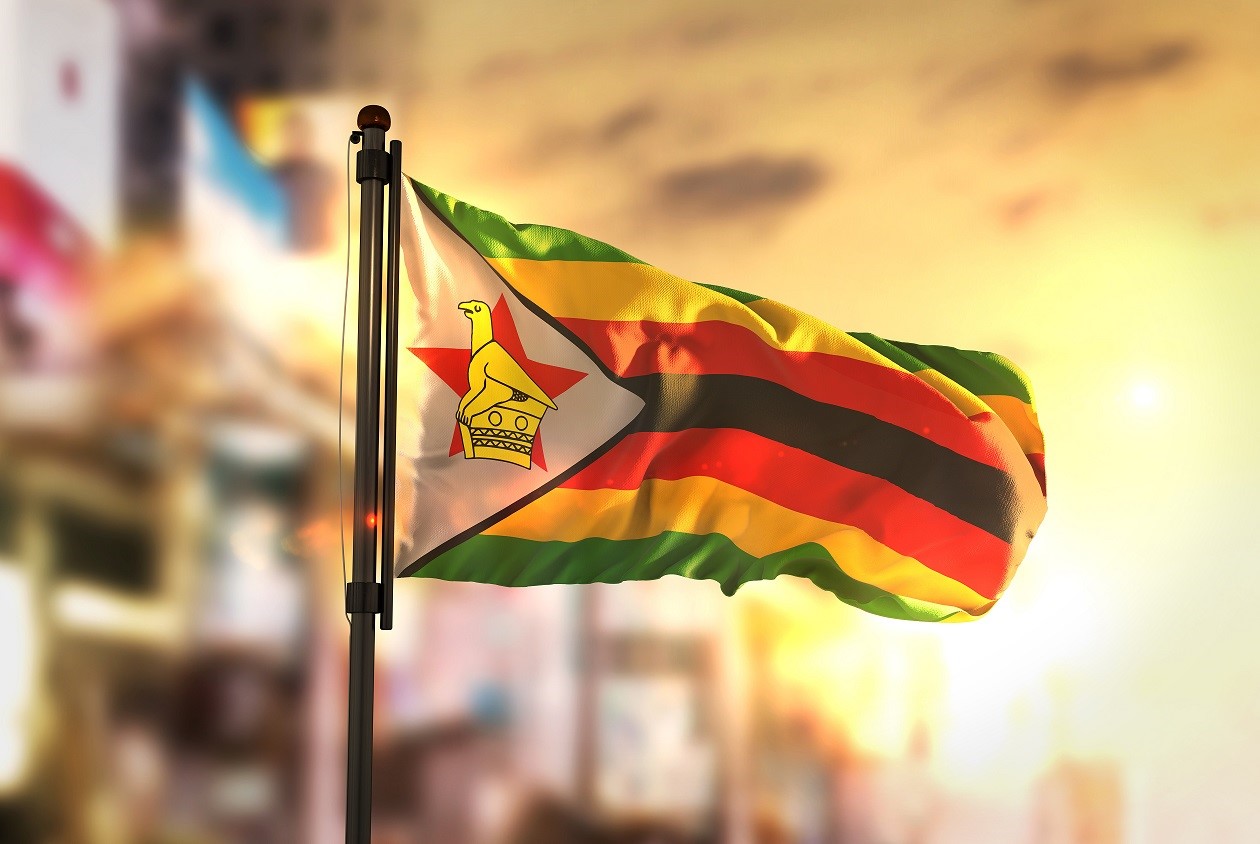
The Concise Oxford Dictionary defines a manifesto, as a public declaration of policy and aims issued before an election by a political party, candidate or government.
Moses Tsimukeni Mahlangu
In this article, four manifestos of political parties, namely, MDC, MDC-T, People First and Zanu PF will be compared and measured against the following benchmarks: Simplicity of terms and intentions Inclusivity Originality Home grown Home sensitivity Foreign bias Ideological bias By simplicity of terms and intentions, we refer to how easily an average person can understand the manifesto. Inclusivity looks into how comprehensive the manifesto is in embracing all stakeholders or interest groups. Thirdly, how original is the manifesto, is it not a product of plagiarism? Is the blueprint home grown, as well as sensitive to Zimbabwean aspirations? Can one trace the foot prints of foreigners, the neoliberalists in the policy document? Finally, what is the political party’s ideology — is it socialism, Marxism, capitalism? It is not the intention of this article to suggest which manifesto is better than the other, but to measure each manifesto against the selected benchmarks. This is a scholarly exercise and nothing more.
The discourse is mainly concentrating on the forewords and executive summaries of the selected manifestos. No special criteria was used to select the said manifestos, except to say these four were easily accessible.
MDC manifesto The author of this article is not comfortable with giving political parties surnames, as such, the MDC in reference here is the one led by Welshman Ncube.
Some terms used in the blueprint are uncommon. A good example are the words devolution and revolution. Manifestos must use catch words or phrases that automatically resonate with the electorates aspirations.
Devolution is usually identified with minority cries and, therefore, may be interpreted as lacking inclusivity. Unpacking terms and intentions in a manifesto is time consuming and costly in terms of potential voters.
A rundown of the manifesto index indicates that all interest groups were captured. In terms of originality, the party came up with its own brand, costly though it proved to be. The blueprint is home grown, though viewed as serving a minority group. Again its sensitivity is viewed as ethnical, whether real or a perceived, it is up to the potential voter to judge. Foreign interests are very minimal in the document. Ideologically, the party left it to voters to make a wild guess what the party’s ideology is.
- Chamisa under fire over US$120K donation
- Mavhunga puts DeMbare into Chibuku quarterfinals
- Pension funds bet on Cabora Bassa oilfields
- Councils defy govt fire tender directive
Keep Reading
MDC-T Manifesto This is Movement for Democratic Change led by Morgan Tsvangirai. It starts by saying: “A structurally weak economy that is arrested by enclavity leading to abject poverty, social underdevelopment, decayed infrastructure and crippling debt bedevil the country. Simplicity is maintained except for terms like enclavity.” Inclusivity is adhered to. As a party weaned from trade unionism, it is not surprising that most of the ideas are borrowed from the labour movement, thereby compromising originality. On being homegrown one would argue for a half home grown and half foreign grown. Both investor and local interest are balanced. Jobs creation is loud and clear. Likewise home sensitivity is split between home and foreign interests. Foreign biasness is balanced with home bias. The party is in an ideological quandary — the voter must decide based on the policies of the party. Unfortunately, unexecuted policies remain a wish list. JUICE — Jobs, Upliftment, Investment, Capital and Environment never saw the light of the day.
People First Manifesto Starts by explaining the reasons behind the seeming hibernation hitherto. It introduces the vehicle Build (Blueprint to Unlock Investment and Leverage for Development) that will take Zimbabweans to the Promised Land. Simplicity is adhered to.
The document says Zimbabwe belongs to all. Originality of the document is doubtful, as it sounds like a cocktail of many interventions. It is homegrown and is strong, spiced with a flair for investor satisfaction.
Home sensitivity is undoubted as evidenced by acknowledgement that Zimbabwe is for all people who call it home, regardless of colour, creed, disability, gender, race or religious background. Globalisation is not ignored. Pandering to investor interests is repeated to the discomfort of hominess.
As national democrats, the party claims to be guided by liberation struggle values, namely self-determination, self-dignity, self-pride, expressed through market driven policies. However, it is not clear what national democrats subscribe to ideologically. Adam Smith, the father of economics coined the market driven policies as the invisible hand. Market policies left to themselves are known to be hostile to labour.
The strategy in the document Ramp (Remove All Measurable Pitfalls) is interesting for its candidness. One cannot remove unknown or unmeasurable challenges.
Zanu PF Manifesto The economic meltdown is acknowledged, coupled with the desire to bring remedy to the same. Simplicity of terms and intentions is observed. ZimAsset (Zimbabwe Agenda for Sustainable Socio Economic Transformation) is identified as the vehicle to the desired destination. Inclusivity does not automatically jump out.
The blueprint tries to remain original, although it crosses paths with borrowings from time to time. The blueprint is homegrown as evidenced by the indigenisation policy. On the ground it appears there is some backtracking regarding this policy. Equally, home sensitivity is a hallmark. However, some quarters claim the indigenisation is tilted in favour of the well-connected.
According to the document, the economic and social challenges are a result of illegal sanctions. On the other hand, it is a well known secret that corrupt tendencies, as evidenced by salarygate and consultation fees, the polite phrase for bribes, could also have had a telling blow on the economic downturn.
Interestingly, a timeframe was set for the operationalisation of the ZimAsset. October 2013 to December 2015 was set aside for quick wins, that is immediate initiatives with immediate spinoffs. Other deliverables would stretch up to December 2018. Foreign bias is deduced from policy initiatives, like making it easy to do business in Zimbabwe, attempts at liberalisation of labour laws, the International Monetary Fund’s Staff Monitored Programme, to name a few.
Ideologically, the blueprint is viewed as promoting a mixed economy approach. Elements of capitalism with some residues of socialism are evident.
General observation The political landscape is fast changing in Zimbabwe. There seems to be a scramble for recognition by investors. Political parties seem ready to sacrifice their electorate in exchange for foreign direct investment. While, capital and technology transfer are critical, there is need to balance this with a policy that protects local stakeholders.
Earlier on, we defined the manifesto as a public declaration of a policy made by a political party, candidate or government during an election.
Since it is a public declaration, it is open to public scrutiny and demand for implementation. MDC-T had, under the Juice, promised one million jobs by 2018, on the other hand Zanu PF promised two million jobs over the same period. Fortunately for MDC-T, it didn’t win people’s hearts. Unfortunately for Zanu PF that public declaration remains to be fulfilled and rightfully so.
The other MDC is in the same predicament with the MDC-T. People First is yet to prove how authentic and reliable their wish list is. As alluded to earlier on, this analysis is based on the forewords
and executive summaries of the selected manifestos. Some detail could have been not captured as this article is a precursor of a finer analysis of political parties’ promises and the need to deliver on the same.
Moses Tsimukeni Mahlangu writes in his own capacity and can be reached on [email protected] for comments.










